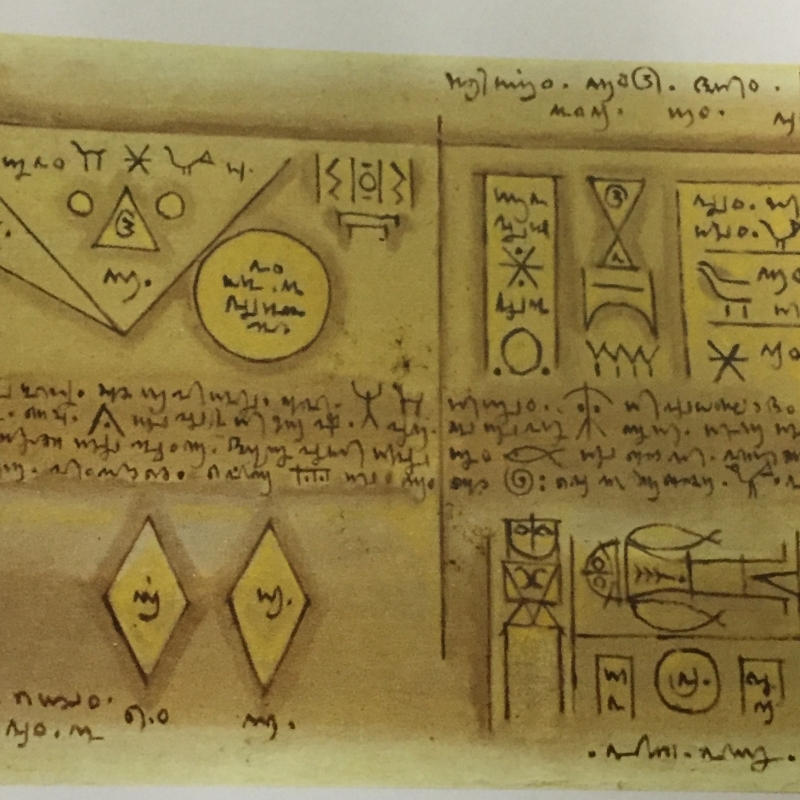Art criticism has been defined as writing that evaluates a work of art, tries to understand it from a theoretical perspective (Kuspit 2005) or seeks to excavate the power relations embedded in it (Menon 2013). Aside from informed judgment, art criticism can involve historiographic work, when, for instance, the art critic looks at older art in a new way or evaluates contemporary art vis-à-vis art that came before it. However, these are definitions of a critical writing tradition that developed in the West in the 18th and 19th centuries, and employed theory to oppose or defend contemporary approaches to art-making. The last definition is drawn from 20th-century developments that brought social and linguistic theory to the study of art (Kuspit 2005).
Although historians of art criticism such as Lionello Venturi and Luigi Grassi trace the practice back to antiquity, critical literature on art, according to James Elkins in an essay in the Grove (Oxford) Dictionary of Art, becomes recognizable as a genre only after the Renaissance, particularly in the writings associated with the French Academy in Rome (Elkins 1996). The distinction between art criticism and art history is first made in the early 18th century by British painter Jonathan Richardson in a book titled ‘An Essay on the Theory of Painting’ (1715). Art criticism emerges as a profession in the critical reception of the Impressionists in the salons of Paris in the late 18th century.
Of interest to us here is not the history of art criticism in the West but what Elkins tells us about it. He says that there is no reliable history of art criticism and more importantly, that art criticism has no formal or agreed-upon meaning. Some see it as a historic practice that extends from ancient times to the present; others see it as independent of historic conditions; and still others see it as a form of critical writing that subsumes all of art history.
Looking at contemporary art criticism, one might get the feeling that art criticism is evaluative or judgmental, while art history is descriptive and neutral. This because contemporary art criticism relies heavily on the sensibility, taste and personal reflection of the critic. However, it would be erroneous to assume that this is how art criticism has always been practiced or that its history (or present) does not consist of critics who have drawn equally from subjectivity and reason. That said, it is the opposition between art criticism and art history that Elkins collapses in his dictionary entry. He says:
Philosophically, each definition of art criticism that opposes it to the ostensibly more neutral, descriptive work of art history represses both the inherent and continuous judgments in all historical writing, and the philosophic arguments that description and evaluation are inevitably mixed in all writing. […] it is philosophically, rhetorically, and historiographically untenable to maintain the distinction between art history and art criticism on the grounds that one evaluates and the other describes. (Elkins 1996)
This cautionary note is significant not only because it challenges disciplinary divisions. It also reminds us of the problems that might arise when we try to define a practice across cultures. Thus, the definition of art criticism in the West emerges from Western theories of aesthetics, and non-Western cultures have their own distinct practices of criticism and theories of aesthetics.
Elkins concludes by saying, ‘there is no single account of art criticism that is not counterintuitive, anachronistic, ethnocentric, artificial, or naïve. The term exists in nearly meaningless dispersion, and gains coherence as authors acknowledge the disparate influences of conflicting definitions, and demonstrate where they harmonize or chafe with one another.’
How does one then begin to understand art criticism in India? Certainly not by looking the history of the concept in the West and trying to find parallels in our own cultural context. One way to start is to survey writing on the visual arts in India, from the pre-modern period to the present, before classifying or defining it. Such a survey can involve mapping various kinds of writing—prescriptive, descriptive, evaluative, critical, art historical, etc. The expert interviews as well as the bibliography below are a modest attempt at beginning this survey and looking critical writing on art in India. From ancient Sanskrit literary works to modern journals of critical writing on art, we hope to explore the various contexts in which critical writing on art has existed and to examine its habitats, its practitioners, its patrons, its outlets, its inheritances and its legacies. This project, we hope, will continue to evolve with expert and user contributions that will help bring us closer to a history of art criticism in India.
References
Elkins, James. 1996. ‘Art Criticism’, in Grove (Oxford) Dictionary of Art. New York: Grove Dictionaries. Online at http://www.jameselkins.com/index.php/essays/233-art-criticism-encyclopedia-entry (viewed on July 12, 2015).
Grassi, Luigi. 1970. Teorici e storia della critica d’arte. Roma: Multigrafica.
Kuspit, Donald Burton. 2005. ‘Art Criticism’, Encyclopedia Britannica: http://www.britannica.com/topic/art-criticism (viewed on July 12, 2015).
Menon, Sadanand. 2013. Lecture given at the Chandigarh Kala Akademi. https://www.youtube.com/watch?v=5bwEHAFIiXQ (viewed on July 12, 2015).
Richardson, Johanathan. 1725 [1715]. An Essay on the Theory of Painting. London: Printed for A. C. and sold by A. Bettesworth. Online at Archive.org (viewed on July 12, 2015).
Venturi, Lionello. 1936. History of Art Criticism, New York: E.P. Dutton.

